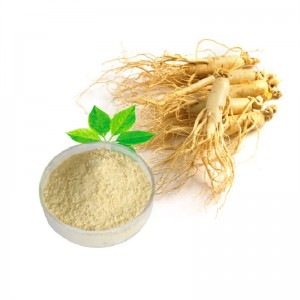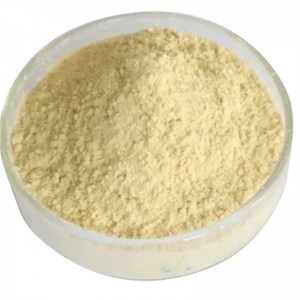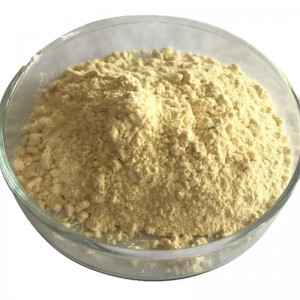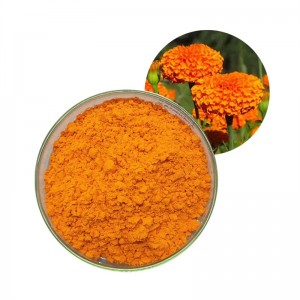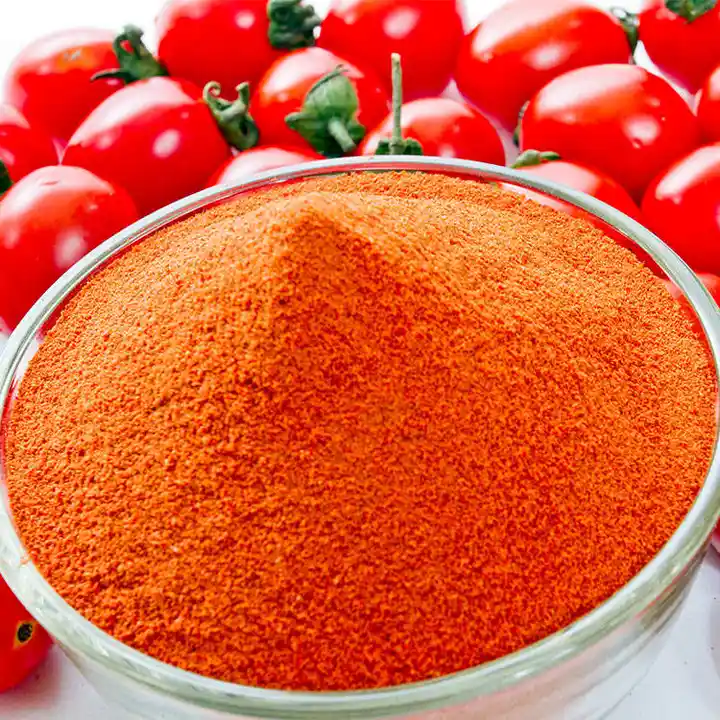| Product Name | Ginseng Root Extract Powder |
| Category | Root |
| Effective components | Ginsenosides, Panaxosides |
| Product specification | 80% |
| Analysis | HPLC |
| Formulate | C15H24N20 |
| Molecular weight | 248.37 |
| CAS No | 90045-38-8 |
| Appearance | Yellow fine power with characteristic odor |
| Identification | Passes all criteria tests Storage: Keep in cool and dry place, well-closed, away from moisture or direct sunlight. Volume Savings: Sufficient material supply and stable supply channel of raw material in north China. |
| Product core introduction | Ginseng is a plant characterized by fleshy roots and single stems, with green oval leaves. Ginseng extract usually comes from the root of this plant. |
What is ginseng extract?
Ginseng has been used in traditional Chinese supplement for centuries. This slow-growing, short plant with fleshy roots can be classified three ways, depending on how long it is grown: fresh, white or red. Fresh ginseng is harvested before 4 years, while white ginseng is harvested between 4–6 years and red ginseng is harvested after 6 or more years.There are many types of this herb, but the most popular are American ginseng (Panax quinquefolius) and Asian ginseng (Panax ginseng). The Ginseng extract we provided is extracted from Panax ginseng.The specification is Ginsenoside 80%. Ginseng contains two significant compounds: ginsenosides and gintonin. These compounds complement one another to provide health benefits.
Ginseng extract is the most famous Chinese herb extract, and is the most widely recognized plant used in traditional medicine. Various forms have been used in medicine for more than 7000 years. Several species grow around the world, and though some are preferred for specific benefits, all are considered to have similar properties as an effective general rejuvenator.
Ginseng extract is found only in the Northern Hemisphere, in North America and in eastern Asia (mostly Korea,northeastern China, and eastern Siberia), typically in cooler climates.It is native to China, Russia, North Korea, Japan, and some areas of North America. It was first cultivated in the United States in the late 1800's. It is difficult to grow and takes 4-6 years to become mature enough to harvest.
Ginseng (Eleutherococcus senticosus) is in the same family, but not genus, as true ginseng. Like ginseng, it is considered to be an adaptogenic herb. The active compounds in Siberian ginseng are eleutherosides, not ginsenosides. Instead of a fleshy root, Siberian ginseng has a woody root. Usually applied in food field, health field and cosmetic field.


